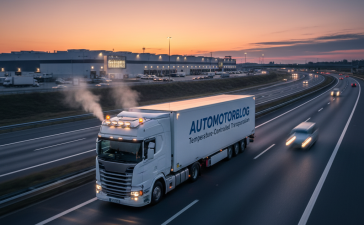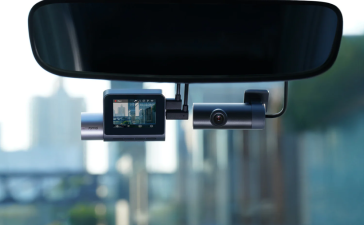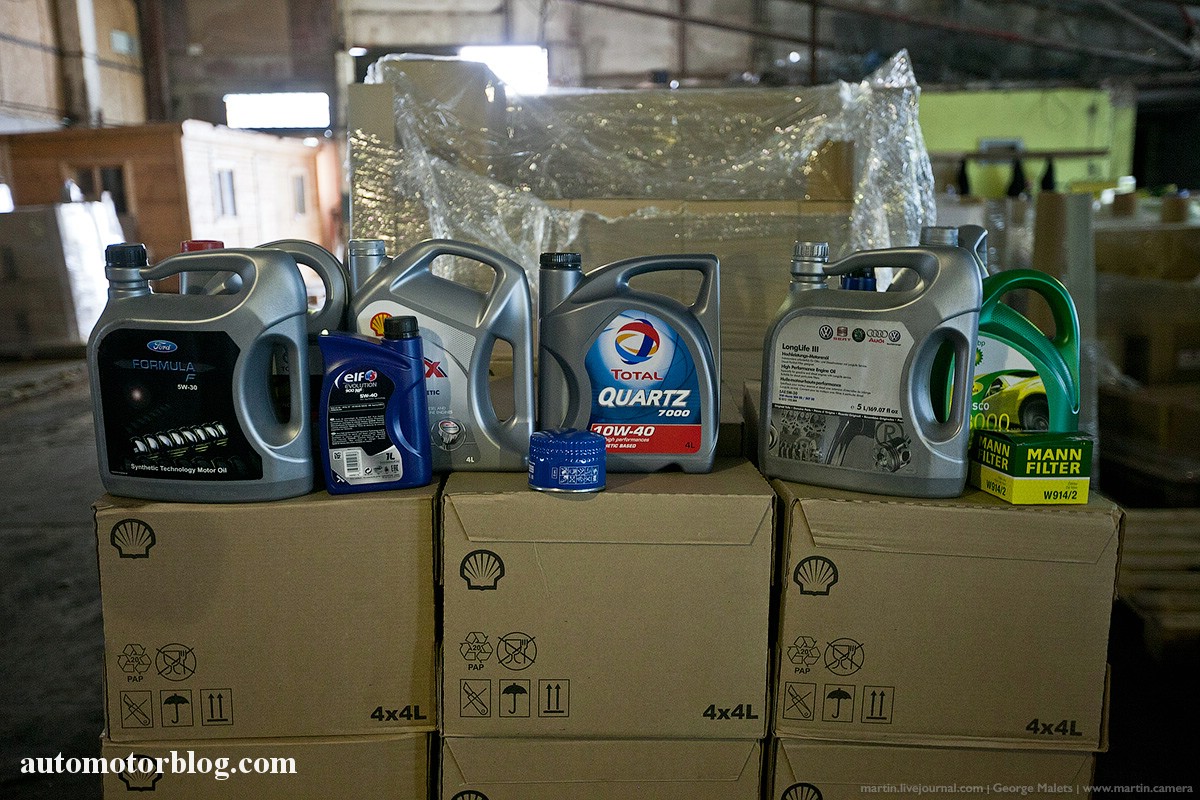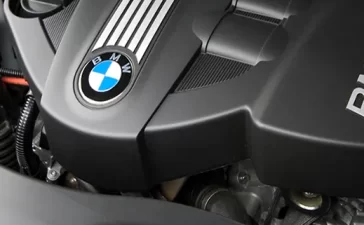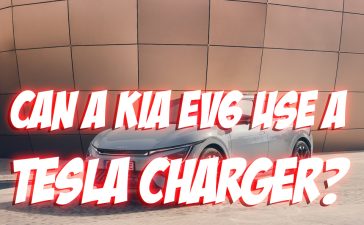By Todd Thomas, CRO at AiDEN Automotive
Car data aggregators have failed because they were built on three fundamentally inaccurate premises: 1) that data is the new oil. Oil can be stored and used in the future and the value may actually increase. That is not the case with data. Car data is most valuable in the moment, the value is perishable and diminishes quickly; 2) aggregators rely on anonymous data. Because they do not have driver consent, the data they collect must be anonymised. This drastically reduces the value and by definition eliminates the opportunity to use the data for personalized services; and finally 3) data aggregators receive 1-way data from the vehicle, there is no way to communicate with the vehicle and driver. After the fact, anonymous, one way data has limited value, thus the collapse of car data aggregators.
The Value is in Services
You can pick up your phone and access any service you want. Your phone can do anything. Same with your tablet or laptop. Anything you want to do is a few keystrokes away. Your car has orders of magnitude more computing power, and yet, your car offers you very few services; navigation, play music off your phone, maybe remote unlock, and maybe some maintenance service options if you are willing to use the dealer. That’s about it. Why can’t your car do anything, everything and more than any other connected device?
The Problem: After 20 Years Connected Cars Still Aren’t Connected
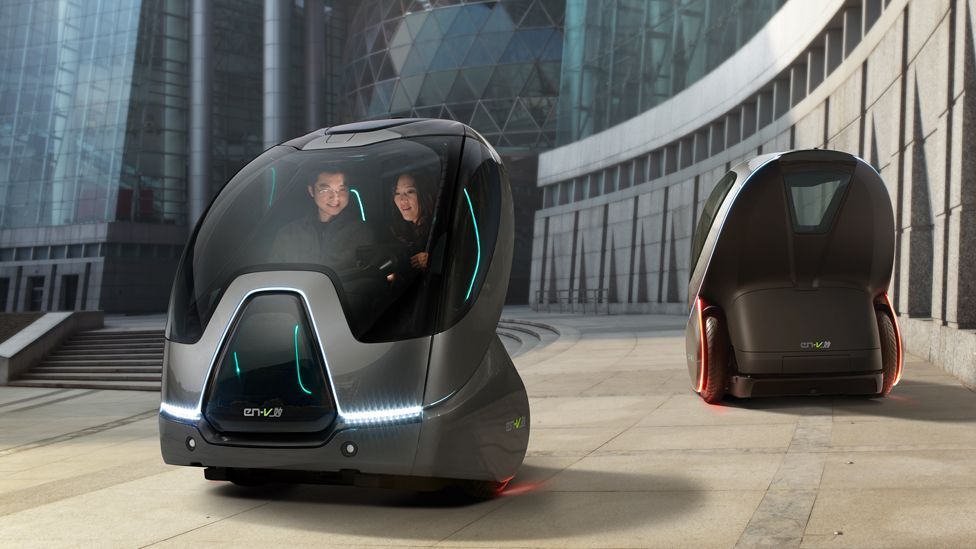
Two decades after the introduction of connected cars, cars still aren’t connected to much of anything. Cars are connected to the cloud solution provided by the auto manufacturer that built the car. If you are a service provider and you want to connect with a car your first option is to integrate with the Auto Manufacturer’s cloud solution. Integrating with the manufacturer’s cloud solution is an expensive and time consuming commitment. After a successful integration you have access to one-way anonymous data packages that were predefined by the manufacturer a year or two before the car came to market; expensive, limited data, and limited value.
The next issue is scalability. The car market is a highly fragmented market, the industry leaders have less than 10% market share. If you are an auto manufacturer and you want to connect service providers to your cars, or if you are a service provider and you want to connect to cars, you need to commit the time and expense to multiple long and expensive integrations. This is a many to many problem that just isn’t scalable. Let’s take insurance as an example. The insurance market is also a highly fragmented market with market leaders holding less than 10% market share. If you are an auto manufacturer and want to offer your drivers with their choice of insurance you will need to integrate with 20+ insurers. If you are an insurer and you want to offer insurance in all of the vehicles you might insure, you will need to integrate with 20+ auto manufacturers. Simply not scalable.
Your next option is to turn to external hardware. OBDs have been a popular option, although this is decades old technology and losing steam. OBDs do give you access to vehicle data, but again are expensive and give you access to limited predefined data sets with long latency.
The most popular option today, particularly for insurance carriers, is to forget communicating with the car altogether and communicate via a phone app. This brings a whole new set of challenges. IOS and Android phones now kill apps after a period of time. Apps can not simply run indefinitely in the background. This requires users to turn on the apps they want running. How often do you get in your car and turn on your insurance app before you start driving? What if you forget your phone? Or your battery dies? Or you’re in a different car? Or your kid is driving your car? If you do have the app running you are still only connected to the phone. You do not have access to the vehicle sensors, you are limited to the sensors in a phone. Smartphones are pretty amazing and have some great sensors, but compared to the sensors available in the vehicle itself, phone data is limited and noisy.
Auto Manufacturer Insurance
GM’s billion dollar business, OnStar, is the most and essentially the only successful existing connected service. OnStar gives General Motors vehicle owners access to 24×7 call support, collision notification, and vehicle service support. OnStar is attempting to leverage this success and has re-entered the insurance market with OnStar Insurance. GM has access to GM vehicle data that can provide FNOL, streamlined claims, improved underwriting and risk assessment, and potentially improved driver behavior further reducing risks.
A couple of challenges remain. GM only has access to GM vehicle data. What if a household or fleet needs to insure multiple vehicles across multiple brands? Pretty much an everyday scenario, most families and most fleets have multiple brands. If GM wants to insure the other vehicles in the household or fleet, they too will have to defer to the external hardware hacks discussed above.
GM also still has a privacy and data collection consent issue. OnStar does not include a consent management service and is not GDPR or CCPA compliant. Let’s give OnStar the benefit of doubt and say they do have consent from the primary owner and driver of the vehicle to collect data. Great. What if the primary owner is not driving? The spouse or one of the kids is driving? Or what if there is a passenger in the car? Then they do not have consent and are not in compliance. This is an ongoing challenge for every auto manufacturer.
AAOS is a Game Changer
In the last couple of years every major auto manufacturer has launched their initial AAOS cars or have announced that they are moving to AAOS. Over the next couple of years AAOS cars will become ubiquitous. The exception is Tesla. Tesla is using their own OS, but also uses a closed network excluding 3rd parties.
The move to AAOS is a tectonic shift in the auto world. AAOS solves the problem of heterogeneous data sets across manufacturers. AAOS provides normalized and standardized data across brands. A fuel level reading, for example, means the same in every AAOS car regardless of whether it is a GM, or a Toyota, or a BMW… This solves a major hurdle and opens the door for 3rd parties to develop services that can communicate with cars across brands.
Service is the Key
The key to unlocking the promise of connected cars is to deliver the multitude of services that users want and expect, with the driver’s full knowledge and consent, in the moment that the driver wants them.
The first mover in Connected Services is Aiden Auto
The first mover in connected services is Aiden Automotive Technologies. Aiden was founded by the Volvo software team that developed and deployed the first AAOS vehicles in collaboration with Android Auto in 2020. This team realized that the existing auto manufacturer cloud solutions were too limited to effectively support the services drivers expect. This was true not only of the Volvo cloud solution but of all of the auto cloud solutions.
Aiden Auto spun out as a stand alone automotive tech startup and built the Aiden Hub to enable the real-time services that could finally deliver on the promise of connected cars. The Aiden Hub streams real-time services across vehicle brands, providing a simple and intuitive experience for vehicle owners, fleet owners, and drivers. With 100% GDPR and CCPA compliance, AiDEN’s consent management feature enables improved and personalized features and experiences, all while maintaining the highest level of privacy protection.
Aiden provides a key for auto manufacturers to monetize access to their vehicles, unlocks access for 3rd parties to provide digital services to cars, and gives owners and drivers the key to choose which digital services they want, who they want to share their data with, and who they don’t.



